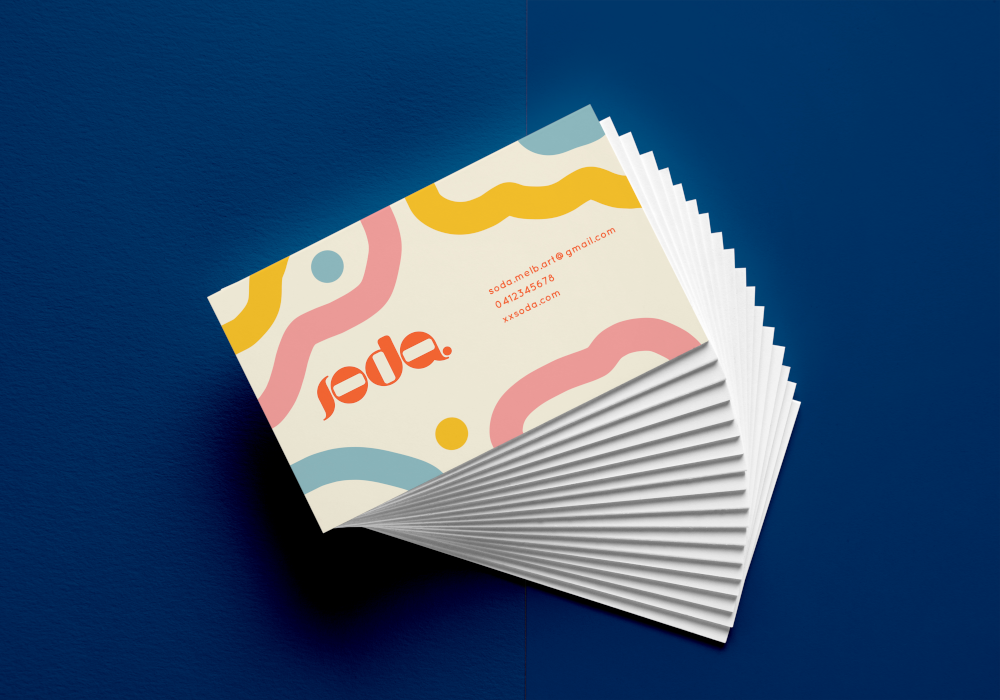Jointly constructing interpretation responses supports students 'to identify the themes or key ideas of a text or artwork and respond to its values' (Derewianka & Jones, 2016 p. 266). To jointly deconstruct an interpretation, teachers can use coding to identify the various elements used in VCD analyses.
Jointly constructing texts is one-way teachers can produce model texts with students. Model texts used as exemplars to set standards in writing benefit all students, appealing to visual, auditory, and kinaesthetic learners (Kember, 2011, p.337).
The typical structure of an interpretation is:
- Theme Identification and the preview of element
- Element evaluation
- Theme reiteration (Derewianka & Jones, 2016 p. 266).
Many of the language features of persuasive writing are relevant to interpretation responses and critical to responding, for example, language choices with attitude, such as those that express feelings, make judgements of behaviours, or evaluate qualities. These attitudes can be amplified or softened through vocabulary choices which increase or decrease the intensity of a viewpoint.
- The teacher explains that the purpose of an interpretation response in VCD is to identify the key theme or idea of visual communication and provide comment on how effectively this is being communicated. They do this by selecting design elements and principles to justify their interpretation of the intended effects on the audience or viewer (Derewianka & Jones, 2016, p. 266).
- The teacher presents a designed communication to the students that will be used as the basis for the construction of the interpretation response.
- The teacher leads a discussion to analyse the design elements and principles used in the communication, including an evaluation of their intended purpose and effectiveness.
- Strategies to support the analysis of visual communications include 'Using literal, inferential and evaluative questions to analyse a designed communication', 'Using the Four Resources Model to analyse visual communication and design'. Additional strategies may be adapted from 'Joint deconstruction of an image' in the Visual Arts section of the Toolkit.
- The teacher leads a class discussion to identify a possible focus for the analysis. For example,
- how the designed communication addresses the brief
- aesthetic qualities of the design (that is, intended effects of the design elements and principles, or choice of materials, method, and media)
- functional qualities of the design (that is, how design choices contribute to the function of the communication)
- factors that have influenced the design, including cultural, social, economic, and technological.
- The teacher leads a second discussion to identify student comments from the board that relate to the chosen focus for the written interpretation.
- The teacher begins writing the interpretation, using think-alouds to explain their choices when writing. For example,
- when writing the topic sentence, the teacher might say, "The topic sentence states what the paragraph, or interpretation, is about. We should include the name of the visual communication and explain what its purpose is."
- when offering an interpretation, the teacher might say, "For 'uses colour well,' is 'well' a strong enough adverb to use? How else might we say that the colour was used well? Can we say something about whether it achieves the intended effect?"
The teacher may also ask students to contribute their ideas and to make suggestions about how sentences might be reworded or reorganised to create a quality response.
In the below example, a teacher jointly constructed with students an interpretation response for a business card for an online artworks store.
<alt text: business card for soda, an online artworks store.>

The business card for the online artworks store, Soda, uses line to emphasise energy and uniqueness. The card features six thick wavy lines that appear to be drawn by freehand, which creates a sense of creativity, fun and movement. Further, the lines begin and end of the card, which suggests the lines – and thus the business – are innovative, extending beyond traditional boundaries.
Curriculum links for the above example:
VCAVCDR004,
VCAVCDR005,
VCAVCDR010,
VCAVCDR011.